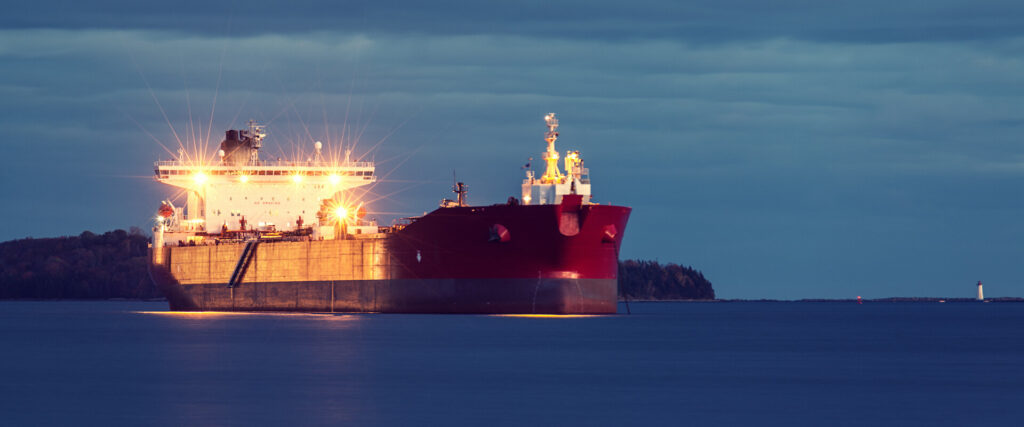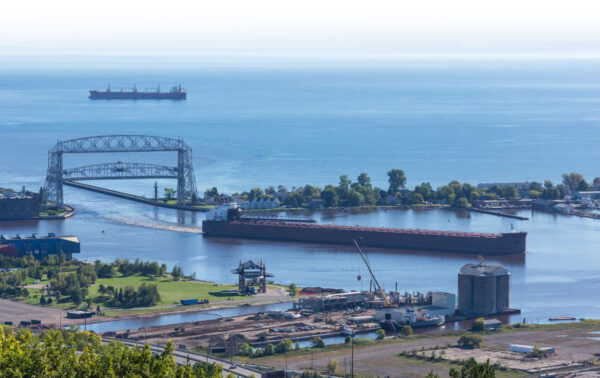When a vessel is damaged, disabled or otherwise in distress at sea, finding a place of refuge – a place where it can be taken to prevent further damage to the vessel or pollution to the environment – can be critical.
Vessels in need of assistance can request a place of refuge from a nearby coastal state. The coastal state then has the freedom to accept, decline or modify the request. Whether the coastal state accepts, declines or modifies the vessel’s request, it must aid the vessel’s way to safety.
The following is expected from a vessel seeking refuge:
- Communication with the nearest coastal authorities
- Identification of the vessel
- Technical details of the vessels:
- Casualty
- Strength
- Stability
- Maneuverability
- Liability coverages
Under longstanding maritime tradition, when a captain is faced with a serious emergency they are expected to seek shelter to avoid disaster; however, the United Nations Convention on the Law of the Sea (UNCLOS) recognizes the right of states to regulate entry into their territorial waters. Therefore, a foreign vessel seeking a place of refuge in a coastal state’s territorial waters must be granted permission to do so by the regulating coastal state.
How Did Places Of Refuge Come To Be?
Vessels in need of assistance have been seeking refuge since they began navigating the seas. However, it was not until the 21st century that an international approach to implementing places of refuge was sought.
The issue of providing places of refuge for vessels in need of assistance was first raised at the International Maritime Organization (IMO) during the late 1980s when drafting the International Convention on Salvage. At the time, it was suggested that coastal states should be obligated to admit vessels in need of assistance into their ports. However, many states challenged this suggestion on the basis that vessels seeking a place of refuge can pose serious socio-economic and environmental risks to the coastal state.
Three incidents involving vessels in need of assistance occurring between 1999 and 2002 brought the issue to the forefront:
- In December 1999, an oil tanker called the Erika broke in two off the coast of France during a severe storm, spilling over 25 million litres of her cargo.
- In December 2000, another fully loaded oil tanker called the Castor developed a structural problem in the Mediterranean Sea. The vessel was towed around the Mediterranean Sea for over a month before a place of refuge could be found to allow for repairs.
- In 2002, another oil tanker called the Prestige broke in two and sank off the coast of Spain after being denied a port refuge. The Prestige spilled over 79 million litres of oil into the marine environment.
In reaction to these events, in 2003, the IMO adopted two resolutions addressing the issue of places of refuge for vessels in need of assistance:
- Maritime Assistance Service (MAS); and
- Guidelines on Places of Refuge for Ships in Need of Assistance
The MAS resolution recommends that all coastal states establish a maritime assistance service. The principal purpose of the service is to monitor a vessel’s situation should it be in distress and serve as the point of contact should the vessel be in need of assistance.
The Guidelines on Places of Refuge are intended for use when:
- A vessel is in distress and cannot be left in its current location without causing further damage, but the safety of life is not involved; or when
- The safety of life of those on the distressed vessel is in jeopardy
The Guidelines recognize that when a vessel has suffered an incident, the best way to prevent damage or pollution is to transfer the vessel’s cargo and repair it as soon as possible, and that the best place to take these actions is in a place of refuge. They recommend that coastal states have places of refuge in their waters pre-identified for use in the event that a vessel is in need of assistance and they provide international standards as suggested measures for coastal states. The Guidelines also recognize that bringing a vessel into a place of refuge may endanger the coastal state; and that ultimately, it is the impacted coastal state’s decision as to how to aid a vessel in need of assistance.
Places of Refuge in Canada
The Canadian Coast Guard (CCG), through the CCG Marine Communication and Traffic Services centres, provides the maritime assistance service function in Canada. However, Transport Canada is the lead agency for decisions related to vessels in need of assistance requesting a place of refuge in Canadian waters. As such, Transport Canada, is responsible for Canada’s application of the IMO’s Guidelines.
Canada does not pre-designate specific places of refuge as there are a number of variables to be considered in making a decision regarding any specific incident. For example:
- Proximity to the stricken vessel
- Availability of towing assistance
- Seasonal variations in local environmental sensitivities
Instead, Canada has established a national framework for places of refuge called the National Places of Refuge Contingency Plan (PORCP). The POPRCP is meant to ensure that:
- A consistent approach is taken across the country to implementing places of refuge;
- A decision-making risk assessment tool is provided for Transport Canada Marine Safety Regional Directors (in consultation with DFO-CCG) to help ensure a balanced assessment of the risks and selection of the best risk control strategy are made in a timely and safe manner; and that
- The IMO’s Guidelines on Places of Refuge for Ships in Need of Assistance are taken into consideration.
The PORCP is applied to all situations where a vessel is in need of aid and requests a place of refuge within Canadian waters and in cases where a vessel is destined for Canada and has reported a problem. It does not apply to distress situations where the safety of life is involved. In such cases, established search and rescue procedures are followed.
Places of Refuge Review
As part of the Oceans Protection Plan (OPP), Canada is prioritizing improvements to the nation’s marine safety system. This includes reviewing and modernizing Canada’s approach to preventing marine accidents and incidents. As such, under the OPP the Government of Canada is reviewing and assessing the nation’s current approach to places of refuge which may include modernizing legislation.
Visit the Government of Canada’s online engagement portal to share your thoughts about the Oceans Protection Plan and places of refuge within Canada.
Learn More About:
Places of Refuge
Places of Refuge in Canada
The Oceans Protection Plan: One Year in the Making
#clearfacts #marinesafety



